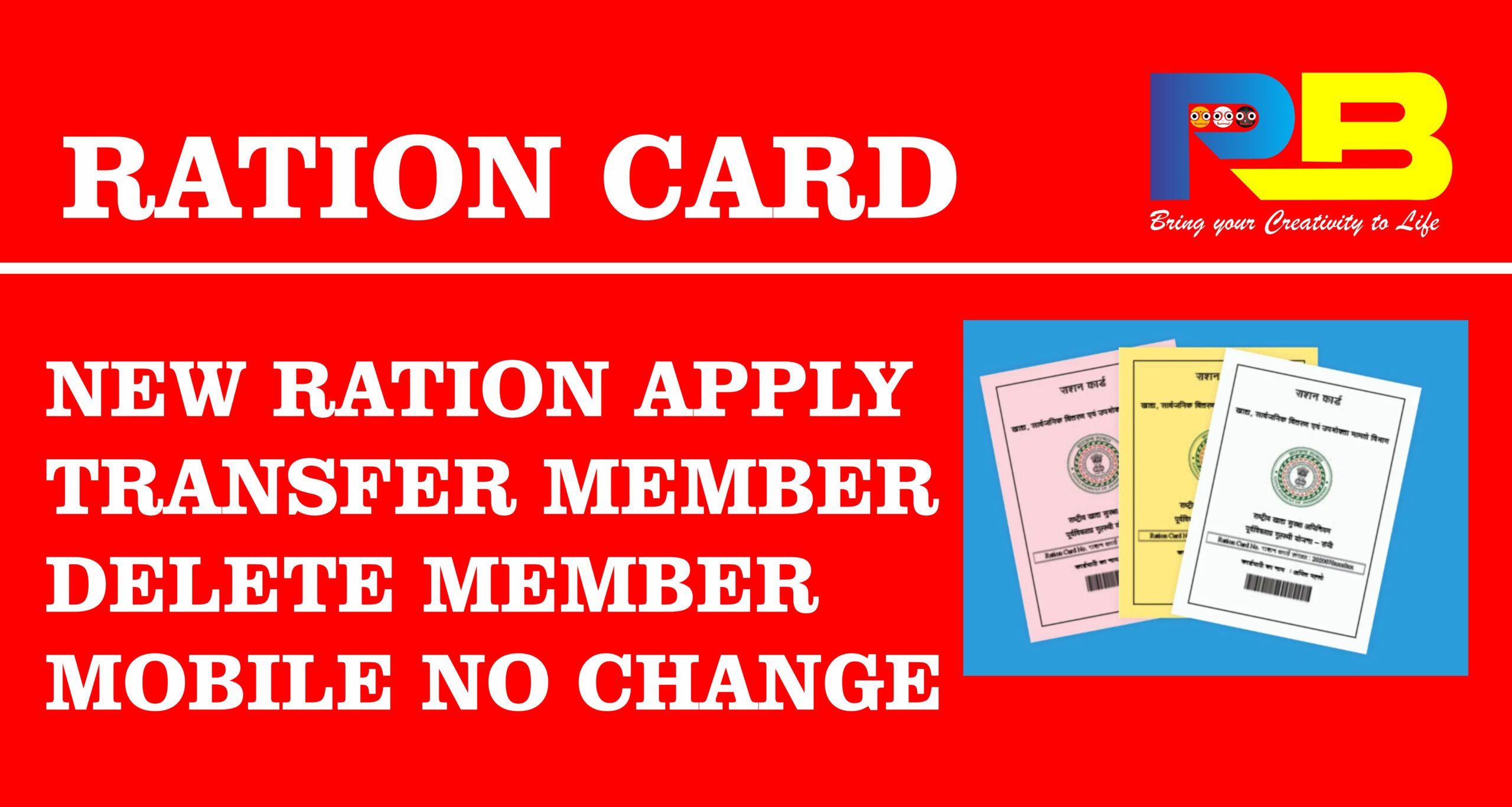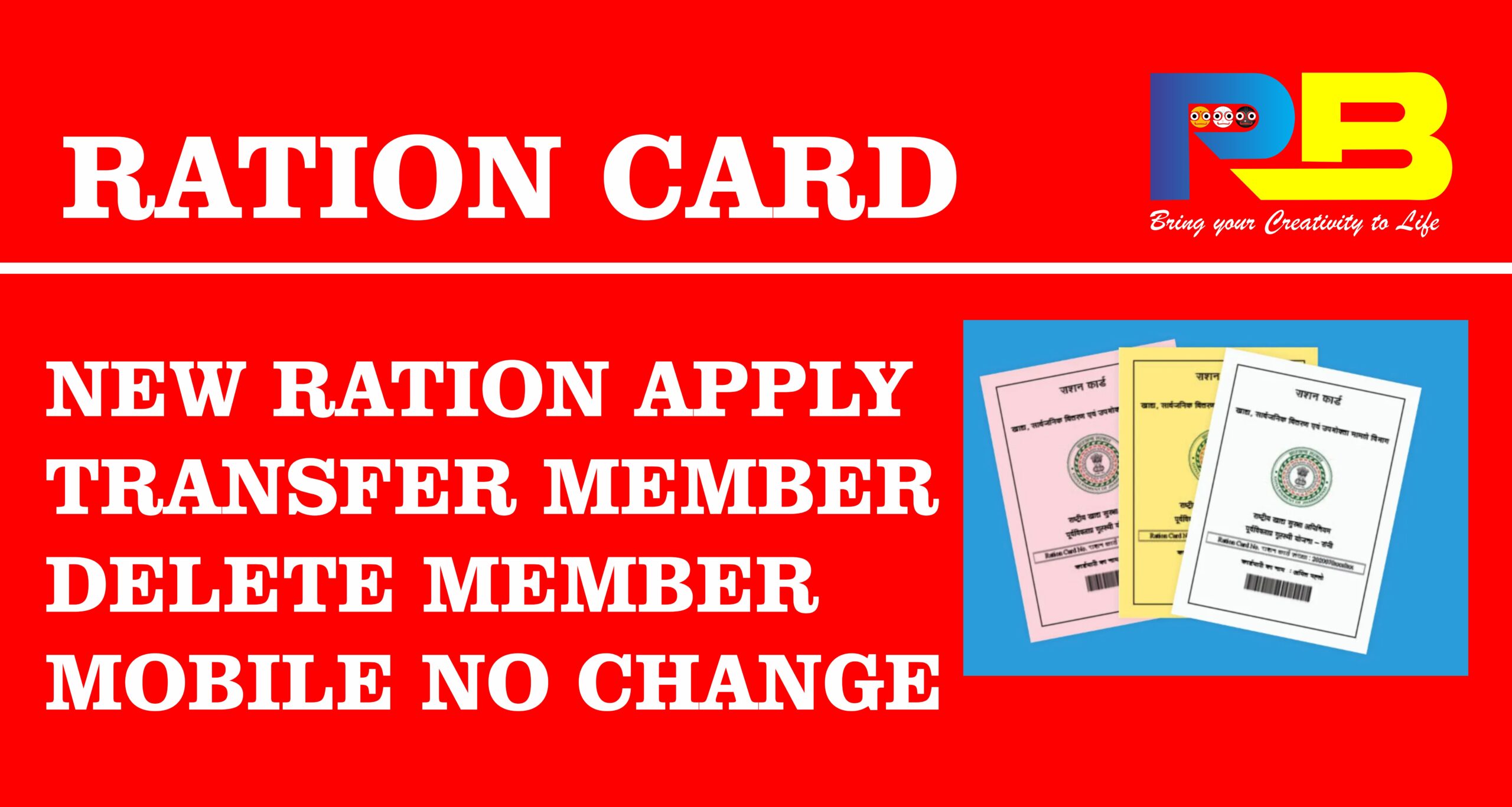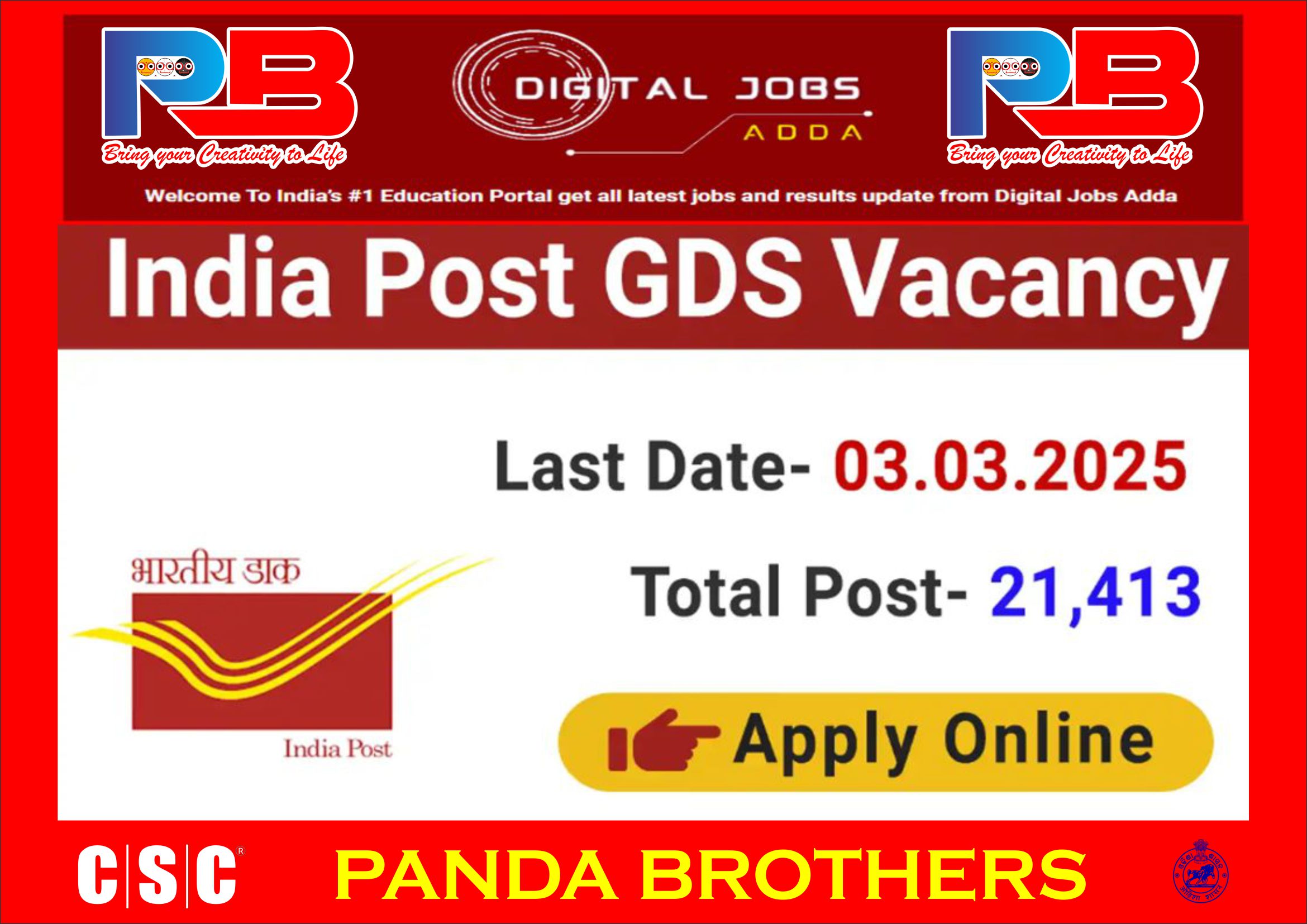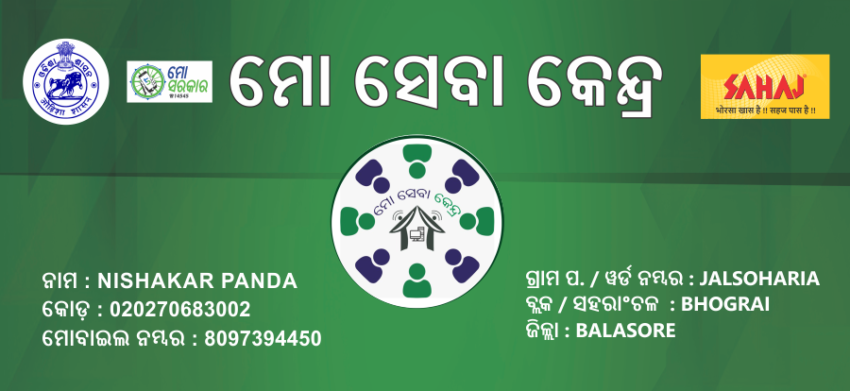
Ration Card apply
Ration Card apply
“Our comprehensive guide covers everything from the required documents and eligibility criteria to the online and offline application process. Discover the different types of ration cards available (APL, BPL, and Antyodaya), how to track your application status, and the benefits of having a ration card, such as subsidized food and essential goods. Stay informed about the latest updates and ensure a smooth and hassle-free application process for obtaining your Ration Card in India.”
Ration Card apply is an official document issued by government authorities that enables households to purchase essential commodities such as food grains, sugar, and kerosene at subsidized prices. It serves multiple purposes, including:
- Subsidized Food Distribution: It allows eligible households to obtain food and other essentials at lower prices from public distribution system (PDS) outlets.
- Identity and Residential Proof: It acts as a form of identification and proof of residence for individuals and families.
- Economic and Social Data: It helps governments maintain records for planning and policy-making.
Types of Ration Cards
Ration Card apply typically categorized based on the economic status of the household. The categories may vary by country or region but generally include:
- Antyodaya Anna Yojana (AAY): Issued to the poorest of the poor families, providing the highest subsidy.
- Below Poverty Line (BPL): Issued to families living below the poverty line, providing a substantial subsidy.
- Above Poverty Line (APL): Issued to families above the poverty line, providing a lesser subsidy compared to BPL.
- Priority Households (PHH): Specific to some regions, this category targets households based on specific criteria set by the state government.
Application Process

The process for obtaining a ration card typically involves:
- Eligibility Check: Verifying eligibility based on income, family size, and other criteria.
- Application Form: Submitting a completed application form along with required documents (e.g., proof of identity, residence, income).
- Verification: Government authorities verify the submitted documents and conduct a field visit if necessary.
- Issuance: If eligible, the ration card is issued and can be used to access subsidized commodities.
Required Documents
Common documents required for Ration Card apply include:
- Proof of Identity: Aadhaar card, voter ID, passport, etc.
- Proof of Residence: Utility bills, rental agreement, etc.
- Income Proof: Salary slip, income certificate, etc.
Benefits
- Economic Relief: Significant savings on essential commodities.
- Social Security: Acts as a safety net for the vulnerable sections of society.
- Administrative Efficiency: Helps in targeted delivery of subsidies and welfare schemes.
Digital Initiatives
Many countries and regions are digitizing ration cards and PDS systems to improve transparency, reduce corruption, and enhance efficiency. Digital ration cards and online portals allow users to check their eligibility, apply, and track their application status.
Issues and Challenges
- Inclusion and Exclusion Errors: Ensuring that all eligible families receive benefits while avoiding fraud.
- Corruption: Mitigating corruption in the distribution process.
- Technology Barriers: Addressing challenges faced by beneficiaries in accessing digital platforms.
In conclusion, applying for a Ration Card in India is an essential process that provides access to government-subsidized food and essential goods for families, particularly those from economically weaker sections. With the online and offline application methods available, the process has become more accessible and convenient for citizens across the country. However, it is crucial to ensure that you meet the eligibility criteria and submit the correct documents to avoid any delays or rejections in the application process.
Ration cards not only offer benefits under various government schemes but also serve as an important identity proof in many situations. Understanding the different types of Ration Cards—APL (Above Poverty Line), BPL (Below Poverty Line), and Antyodaya—will help applicants determine the card they are eligible for and the respective benefits they can avail.
The government has also introduced features like online status tracking and mobile applications to make the process even more efficient. By staying informed about the latest procedures and updates, applicants can ensure a smooth application experience. Overall, obtaining a Ration Card is an important step toward securing vital support for families in India, and following the correct procedures will help you access its many benefits.








